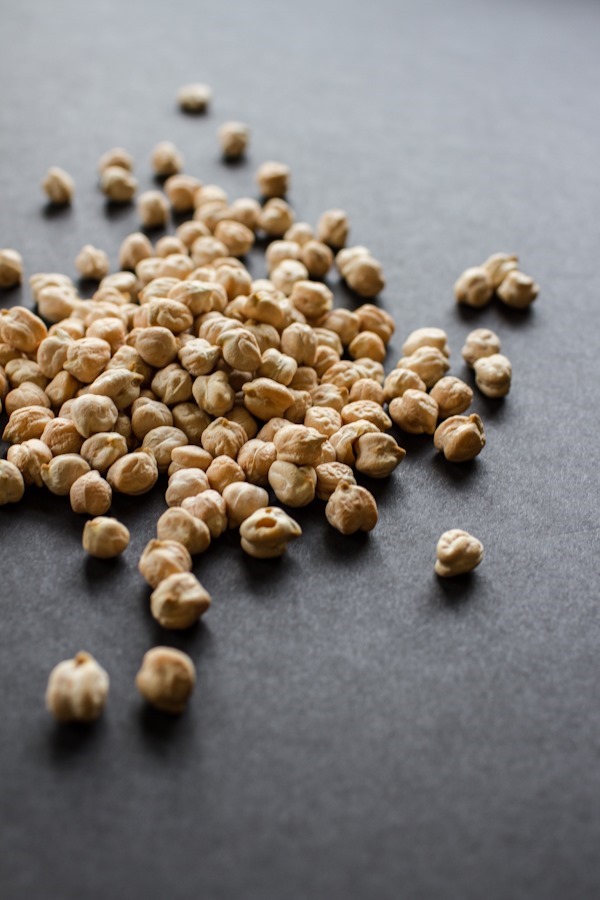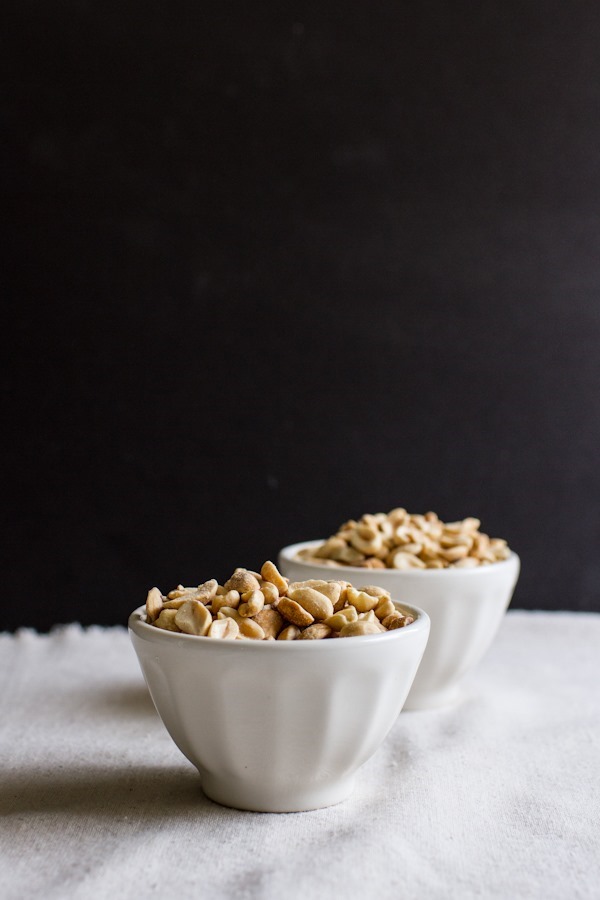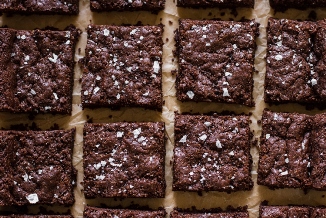Food Photography Tip of the Week |9|
/Food Photography Tip of the Week |9|
How to take sharp photos – part 2
Last week we talked about changing your aperture settings to increase photo sharpness and it seemed you were all very interested in hearing more. So today we’re going to look at how shutter speed affects the sharpness of your photos.
Measured in seconds, shutter speed refers to the the amount of time the shutter remains open after pressing the shutter button. During this time your camera collects light and records the photographic data to create the image.
Quick exercise:
-
- If you’re a visual person you can do a quick exercise with your hand to understand this concept better. Touch your thumb and index finger together to create a circle. Line up your other fingers evenly with your index finger. Close your hand over the duration of 3 seconds to make a fist. Now do it again but close your hand as fast as you can. So now if you can imagine all of the light that is allowed to come into your hand during those 3 seconds, and then how little the amount of light that can come in when you closed it quickly. This is just like your camera!
So while a slower shutter allows more light in [making for a brighter photo], which is very helpful in low-light conditions, it also means that ANY movement the camera feels while the photo is being taken will come through in your photo. This is when you have the potential to see blur.
When your shutter closes quickly there is less chance for “camera shake” resulting in sharper photos.
I encourage you to experiment to find the minimum shutter speed that will still allow you to have sharp photos. If you have super steady hands you may be able to have your shutter at 1/30 without seeing any blur/camera shake in your photos. But if you have slightly shaky hands [like me!] you may need to keep your shutter at 1/100+ for the best results. [Sometimes I do go below 1/100 when hand-holding, but I take more shots until I get one that is fully in focus.]
But this also depends on the lens you’re using. A lot of people say the rule of thumb is to not set the shutter speed below the frame size of your lens [the “mm” number]. So if you’re using a 50mm lens you want to keep your shutter at 1/50 or faster. Just remember this is a general rule. I found that with the 50mm my photos were best with the shutter at 1/100 or faster when shooting food.
NOTE 1:
- The shutter speed fraction you see displayed on your camera is time measured in seconds. If you see your camera is set to 1/50 that means 1, 50th of a second. If you see 1/160 that means 1, 160th of a second – which is a great speed for general hand holding shots that will ensure you crisp photos nearly every time.
NOTE 2:
- If you’re trying to work action into your photos [like pour shots] you’ll really want to crank the shutter speed as high as you can. You’re literally trying to FREEZE motion, so you want the shutter to close quickly to capture it.
NOTE 3:
- If you’re shooting in manual you’ll notice that as you increase the shutter speed [faster] your photo’s exposure will decrease [darken]. So you’ll have to balance with possibly lowering your aperture or increasing your ISO to compensate. It’s all about balance to get the proper exposure and look you want.
NOTE 4:
- I am a huge proponent of tripods for this very reason. If you are working with low-light conditions especially, I highly recommend using one. They can really be helpful in any type of lighting environment, though. When your camera is fixed on a tripod that means you are going to avoid the camera shake we talked about earlier. This allows you much more flexibility in creating crisp photos because: when you can slow your shutter speed down to allow more light in you don’t have to rely on ISO, so you can also lower your ISO and you can really dial in your aperture to the exact setting you want.
- sidenote: In the rare case that you have your camera on a tripod and have the shutter set slower than about .5 seconds [0”5 on my camera], you may find camera shake in your photo. This is because of the slight movement your camera makes when the shot is taken. At that slow of a speed, even when on a tripod, the image may record a small amount of movement.
----
Okay. That got a little wordy. Let’s move on to the photo examples.
above: f/5.0 – ISO: 100 – SS: 1/30
You can definitely see the camera shake that happened in the photo above. The photo below appears fairly crisp until you compare it with the third photo.
below: f/3.2 – ISO: 100 – SS: 1/80
below: f/4.0 – ISO: 320 – SS: 1/200
At 1/200 the level of clarity is much greater. These were all taken by hand-holding the camera.
Now let’s take an up-close look to see just how out of focus the first 2 photos actually are. [In the same order as above.]
below: SS 1/30 – 1, 30th of a second
below: SS 1/80 – 1, 80th of a second
below: SS 1/200 – 1, 200th of a second
Really look at the above and below images. Scroll back and forth a few times and see how much more detail there is in the lines + ripples on the chickpeas.
In order to achieve the shutter speed of 1/200 I had to increase my ISO from 100 to 320.
above: f/5.0 – ISO: 125 – SS: 1/30
For this next photo set I changed up the angle. You can definitely tell that the photo above is not fully in focus. The focal point is just about at the centerline of the photo.
Compare the detail above and below and note that I changed my shutter speed to 1/160 and also increased my ISO to 640 to allow for a properly exposed photo. It’s all a give + take!
below: f/5.0 – ISO: 640 – SS: 1/160
The photo below was taken at the 1/30 speed but WITH a tripod. Using a tripod allowed me to keep the ISO on the lowest setting of 100, which also allows for a crisper image.
WITH TRIPOD
below: f/5.0 – ISO: 100 – SS: 1/25
And now we go in a bit closer. [Photos are in the same order as above.]
below: SS 1/30
below: SS 1/160
You’ll notice the clarity of the photos above and below are nearly identical. However, you’ll also notice that the above photo has some noise [graininess] in it. This is because the ISO was increased to 640. You’re not going to notice this unless you’re super zoomed in, but it’s good to be aware of what happens when you increase your ISO. If you increase it too much, you’ll start to see noise without zooming in. The threshold for ISO-noise varies greatly with every camera.
below: SS 1/30 WITH TRIPOD
If you are feeling totally confused right now do not worry! Read this a few times, play with your camera, look at the settings when you’re editing your photos, zoom in to check the sharpness, and soon it will all start to make sense. Promise!
What do you usually try and keep your shutter speed at? Have you ever tried using a tripod?
Ashley
































